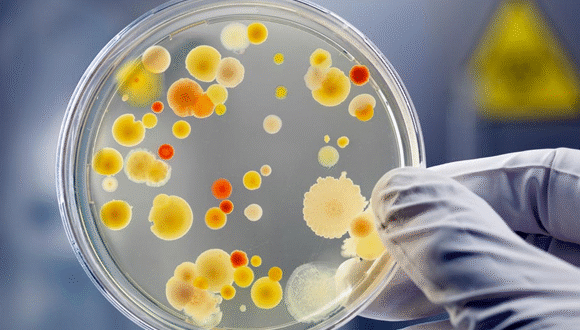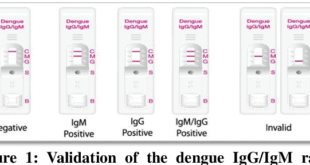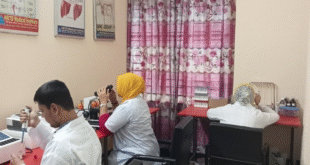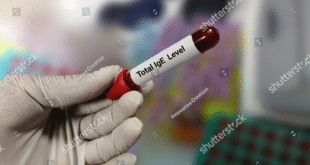Pus Culture and Sensitivity Test 01797522136
Introduction of Pus Culture and Sensitivity Test

Infections are a common part of human health problems. Sometimes, infections lead to the formation of pus—a thick fluid composed of white blood cells, dead tissue, and bacteria. When pus accumulates in any part of the body, it indicates that the immune system is fighting an infection. However, to identify the exact cause of the infection and to choose the right antibiotic for treatment, doctors often recommend a Pus Culture and Sensitivity (C/S) Test.
At HRTD Medical Institute, we provide a modern, accurate, and efficient diagnostic facility for pus culture and sensitivity testing. This test is one of the most crucial investigations in clinical microbiology, helping physicians choose the best possible antibiotic to treat an infection effectively and prevent antibiotic resistance.
This detailed article will explain everything you need to know about the Pus Culture and Sensitivity Test —its purpose, procedure, sample collection, result interpretation, precautions, and the special facilities available at HRTD Medical Institute, Dhaka.
What is Pus?
Pus is a thick, yellowish or greenish fluid that forms in tissues due to infection. It contains:
- Dead white blood cells (neutrophils)
- Bacteria or other microorganisms
- Dead tissue and debris
- Proteins and serum
Pus usually indicates that the body’s immune system is actively fighting an infection. It can collect in wounds, abscesses, or inside organs such as the lungs, liver, or brain.
Common causes of pus formation include:
- Bacterial infections (most commonly Staphylococcus aureus or Streptococcus species)
- Infected wounds or boils
- Post-surgical infections
- Tooth abscesses
- Urinary or reproductive tract infections
What is a Pus Culture and Sensitivity (C/S) Test?
The Pus Culture and Sensitivity Test is a laboratory test that helps identify the type of bacteria causing an infection and determines which antibiotics can effectively kill or inhibit its growth.
1. Culture:
The culture part involves growing the bacteria from the pus sample on a specific nutrient medium under controlled conditions. This process helps identify the microorganism responsible for the infection.
2. Sensitivity:
The sensitivity part involves testing different antibiotics on the cultured bacteria to see which one is most effective in stopping its growth. This ensures that the prescribed antibiotic will work best for that particular infection.
At HRTD Medical Institute, we use advanced automated culture and sensitivity systems, ensuring accurate detection and faster turnaround times.
Why is the Pus Culture and Sensitivity Test Important?
The Pus Culture and Sensitivity Test is vital for several reasons:
- Accurate Diagnosis:
It confirms the presence of bacterial infection and identifies the exact organism responsible. - Guided Antibiotic Therapy:
It helps doctors choose the most effective antibiotic, avoiding unnecessary or ineffective medications. - Prevention of Antibiotic Resistance:
By identifying the correct drug, this test reduces the risk of bacterial resistance, which is a growing global health problem. - Monitoring of Treatment:
In recurrent or chronic infections, this test helps monitor whether the prescribed antibiotics are still effective. - Detection of Rare Pathogens:
Sometimes, unusual bacteria or fungi may cause infections. The culture helps detect such uncommon pathogens.
At HRTD Medical Institute, our microbiology department performs this test with strict quality control standards to ensure precise results for better patient management.
When is the Pus Culture and Sensitivity Test Recommended?
Your doctor may recommend a Pus Culture and Sensitivity Test if you have symptoms of infection, such as:
- Swelling and redness at an infected site
- Pain or tenderness
- Formation of abscess or boil
- Oozing of yellow or green pus
- Fever or chills
- Delayed wound healing after surgery or injury
Common conditions where a Pus Culture and Sensitivity Test is needed include:
- Skin abscess or boils
- Post-operative wound infections
- Ear discharge (otitis media)
- Dental abscesses
- Diabetic foot ulcers
- Bone or joint infections
- Abdominal abscesses
- Lung or pleural abscesses
At HRTD Medical Institute, our doctors and laboratory professionals collaborate to ensure proper diagnosis and sample collection for every patient needing this test.
Sample Collection for Pus Culture and Sensitivity Test
Accurate results depend on proper sample collection, handling, and timely transport to the laboratory.
1. Type of Sample:
- Pus or discharge from an infected wound, abscess, or body cavity.
2. Collection Procedure:
- The collection site is cleaned with an antiseptic solution.
- A sterile syringe or swab is used to collect pus.
- In deeper infections, a needle aspiration may be performed by a doctor.
- The sample is placed in a sterile container and sent immediately to the laboratory.
3. Special Precautions:
- Do not use antibiotics before sample collection unless prescribed.
- Avoid touching or contaminating the wound area before sample is taken.
- Sample should be sent to the lab within 1–2 hours for best results.
At HRTD Medical Institute, trained professionals collect and handle all samples using aseptic techniques to maintain accuracy and prevent contamination.
Laboratory Process of Pus Culture at HRTD Medical Institute
The testing process involves several precise microbiological steps:
Step 1: Microscopic Examination
Before culturing, a Gram stain is performed to observe bacteria under the microscope.
This helps classify bacteria as:
- Gram-positive (e.g., Staphylococcus, Streptococcus)
- Gram-negative (e.g., Pseudomonas, E. coli, Klebsiella)
Step 2: Inoculation and Culture
The sample is inoculated on specific culture media such as:
- Blood agar
- MacConkey agar
- Nutrient agar
- Chocolate agar (for fastidious organisms)
Plates are incubated at 37°C for 18–48 hours. Growth patterns, colony color, odor, and morphology are noted.
Step 3: Bacterial Identification
Biochemical tests or automated identification systems are used to determine the bacterial species.
Step 4: Antibiotic Sensitivity Testing
This is done using methods such as:
- Kirby-Bauer Disc Diffusion Method
- Automated Sensitivity Systems
Different antibiotic discs are placed on bacterial colonies to see which antibiotics prevent bacterial growth.
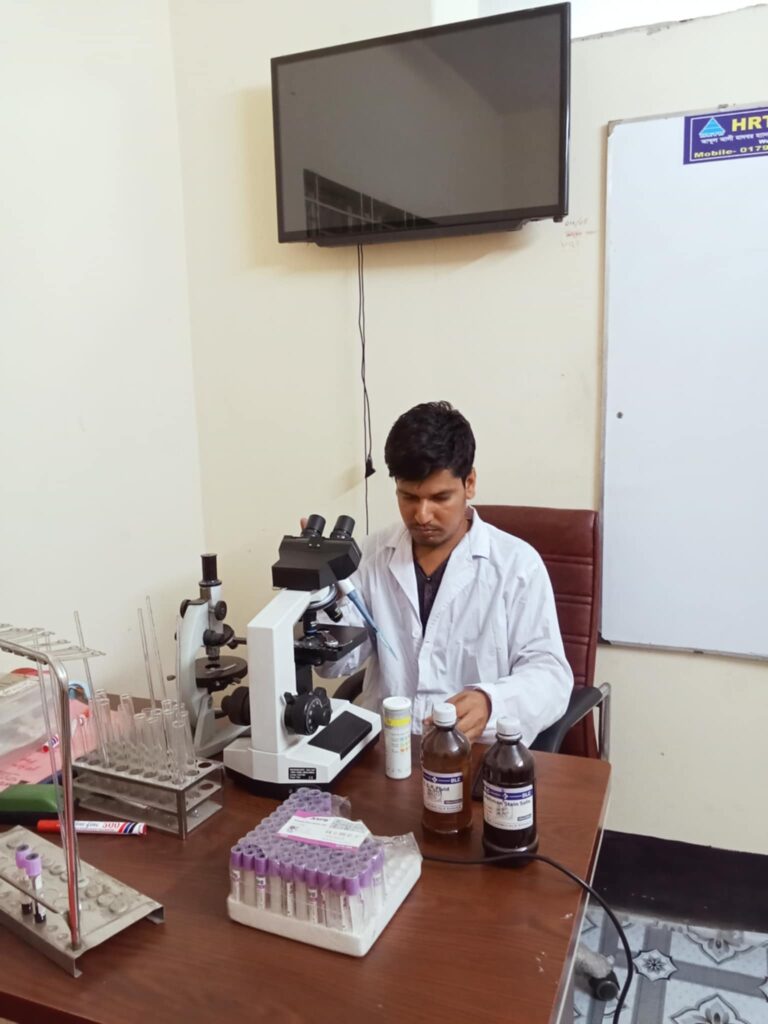
Step 5: Reporting
The final report includes:
- Name of the isolated organism
- Antibiotic sensitivity profile (Sensitive / Resistant / Intermediate)
Our laboratory at HRTD Medical Institute ensures each step follows international standards (like CLSI guidelines) for maximum reliability.
Understanding the Pus Culture Report
Your Pus C/S Test report from HRTD Medical Institute will typically include two sections:
1. Culture Result:
- Positive: Bacterial growth detected, organism identified.
- Negative: No bacterial growth found.
- Mixed Growth: Presence of multiple bacteria (often due to contamination).
2. Sensitivity Result:
Each antibiotic tested will have one of three results:
- Sensitive (S): The antibiotic will work effectively.
- Resistant (R): The antibiotic will not work.
- Intermediate (I): Moderate effect; may require higher dosage or combination therapy.
Common Organisms Found in Pus Culture and Sensitivity Test
| Type | Common Organisms | Example Infections |
|---|---|---|
| Gram-positive | Staphylococcus aureus, Streptococcus pyogenes | Skin abscess, wound infection |
| Gram-negative | E. coli, Klebsiella pneumoniae, Pseudomonas aeruginosa | Post-surgical or hospital-acquired infections |
| Anaerobic bacteria | Bacteroides, Clostridium | Deep tissue abscesses |
| Fungal pathogens | Candida, Aspergillus | Chronic infections in immunocompromised patients |
At HRTD Medical Institute, we detect both aerobic and anaerobic organisms for complete and accurate diagnosis.
Preparation Before the Test
Patients usually do not need any special preparation, but a few precautions are advised:
- Avoid applying antiseptic creams or ointments to the infected site before sample collection.
- If you are already on antibiotics, inform your doctor or lab personnel.
- Keep the area clean and covered until the sample is collected.
Our expert medical technologists at HRTD Medical Institute will guide you through each step for a safe and comfortable experience.
Risks or Discomforts of Pus Culture and Sensitivity Test
The Pus Culture and Sensitivity Test is generally safe. However:
- Minor pain or discomfort may occur if the pus is collected using a syringe.
- Slight bleeding may be noticed at the collection site.
These effects are temporary and usually subside quickly. All procedures at HRTD Medical Institute are performed with sterile equipment to minimize any risk.
Time Required for Results
The test usually takes:
- 48 to 72 hours for a complete result.
- Additional time if rare bacteria or fungi are detected.
At HRTD Medical Institute, we use efficient automated systems to deliver reports as quickly as possible without compromising accuracy.
Treatment After the Pus Culture and Sensitivity Test
Once your culture and sensitivity report is ready, your doctor will:
- Identify the bacteria causing the infection.
- Choose the most effective antibiotic based on the sensitivity profile.
- Adjust dosage or duration accordingly.
If the infection is severe or chronic, additional tests (such as blood culture or imaging) may be advised.
Doctors at HRTD Medical Institute can interpret your report and provide proper guidance for faster recovery.
Advantages of Doing the Test at HRTD Medical Institute
HRTD Medical Institute, located at Section-6, Block-Kha, Road-1, Plot-11, Metro Rail Pillar-249, Folpotti Mosque Lane, Mirpur-10, Dhaka-1216, is a trusted name in medical diagnostics and healthcare training.
Our Distinguishing Features:
- Modern Microbiology Laboratory:
Equipped with advanced culture and identification systems. - Highly Skilled Technologists:
Experienced professionals trained in clinical microbiology. - Strict Sterility Standards:
Every sample is handled under aseptic conditions. - Fast & Accurate Reporting:
Automated instruments and digital tracking for reliability. - Consultation Support:
Doctors can review and interpret your report for effective treatment. - Affordable Cost:
Reasonable pricing with high-quality service. - Educational Value:
As a medical training institute, we educate students on the principles of diagnostic microbiology, including pus culture and antibiotic sensitivity.
Our motto at HRTD Medical Institute is to ensure accurate diagnosis, effective treatment, and better health outcomes for every patient.
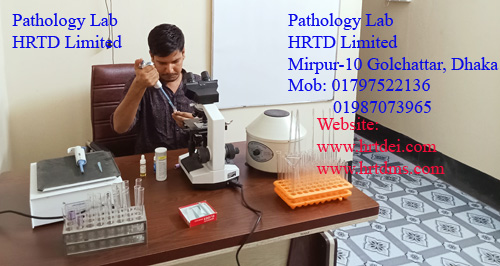
Role of the Test in Preventing Antibiotic Resistance
Antibiotic misuse is one of the biggest threats to modern healthcare. The Pus Culture and Sensitivity Test plays a key role in preventing resistance by ensuring that:
- Only the right antibiotic is prescribed.
- Overuse of broad-spectrum antibiotics is avoided.
- Treatment is targeted and effective.
At HRTD Medical Institute, we advocate for rational antibiotic use based on laboratory evidence, helping protect both individual and community health.
Frequently Asked Questions (FAQs) about Pus Culture and Sensitivity Test
1. What is the purpose of a pus culture test?
It helps identify the bacteria causing infection and find the most effective antibiotic.
2. Is the Pus Culture and Sensitivity Test painful?
Not usually. A small needle prick or swab collection might cause mild discomfort.
3. How long does it take to get the report?
Typically 2–3 days, depending on bacterial growth.
4. Can I take antibiotics before giving the sample?
Ideally, no. Antibiotics can interfere with the results. Consult your doctor first.
5. What does a negative report mean?
It means no bacterial growth was detected. The infection could be due to non-bacterial causes or prior antibiotic use.
6. Can fungi be detected in a pus culture?
Yes. Fungal growth can be identified with special media and longer incubation.
7. Why is sensitivity testing important?
It shows which antibiotics are most effective, ensuring correct and successful treatment.
8. Where should I do this test in Dhaka?
You can visit HRTD Medical Institute, Mirpur-10, Dhaka – a reliable diagnostic and training center offering precise pus culture testing.
Educational Importance for Medical Students
For students of laboratory medicine, microbiology, and pathology, the Pus Culture and Sensitivity Test is an essential topic. At HRTD Medical Institute, we train students to:
- Understand bacterial pathogenesis
- Perform sterile sample collection
- Identify organisms using biochemical and automated systems
- Conduct antibiotic sensitivity testing accurately
This knowledge helps them become competent professionals in clinical diagnostics and infection control.
Conclusion
The Pus Culture and Sensitivity (C/S) Test is a powerful diagnostic tool that identifies the cause of infections and helps select the right antibiotic. It ensures faster recovery, prevents complications, and supports rational antibiotic use.
At HRTD Medical Institute, we are committed to delivering excellence in diagnostic microbiology. Our expert staff, advanced laboratory equipment, and dedication to accuracy make us a trusted choice for both patients and healthcare professionals in Dhaka.
If you or your loved one has a wound, abscess, or persistent infection, consult your doctor and consider doing the Pus Culture and Sensitivity Test at HRTD Medical Institute for accurate diagnosis and effective treatment.
Institution Name:
HRTD Medical Institute
Address: Section-6, Block-Kha, Road-1, Plot-11, Metro Rail Pillar-249, Folpotti Mosque Lane, Mirpur-10, Dhaka-1216
Contact: 01797522136, 01987073965, 01784572173
 Pathology Training Institute in Bangladesh Best Pathology Training Institute in Bangladesh
Pathology Training Institute in Bangladesh Best Pathology Training Institute in Bangladesh

